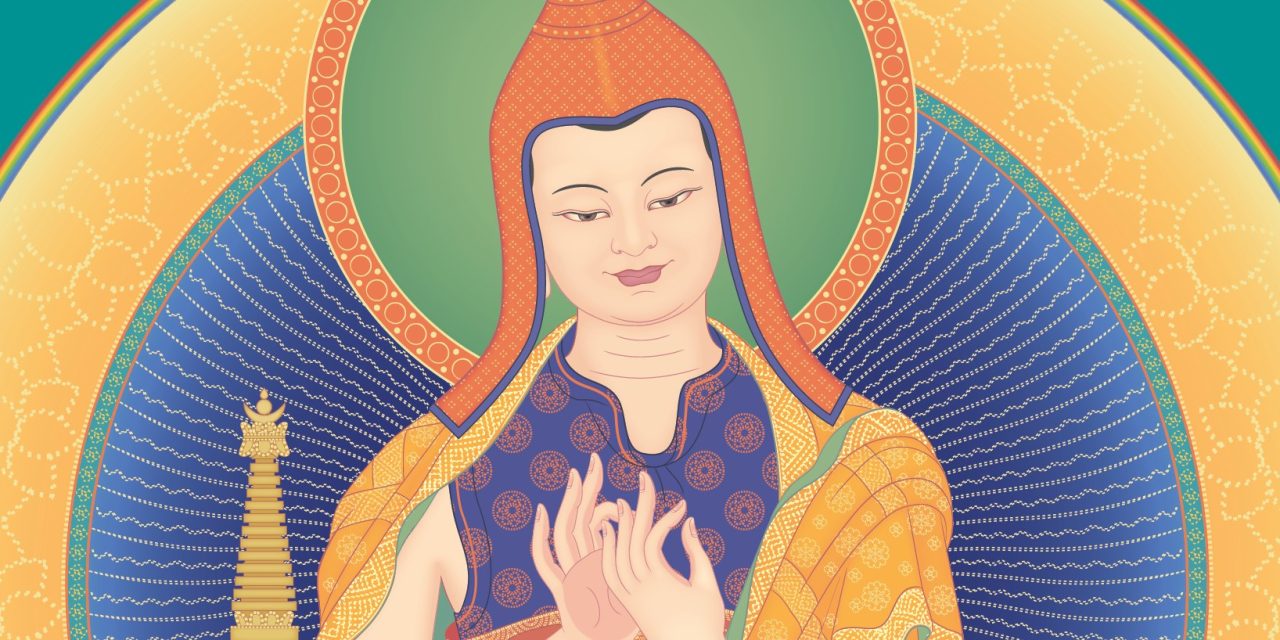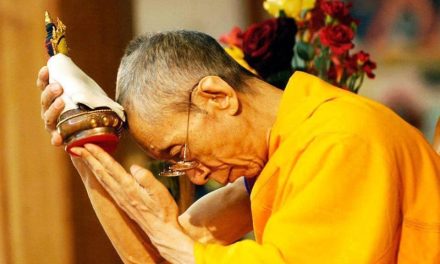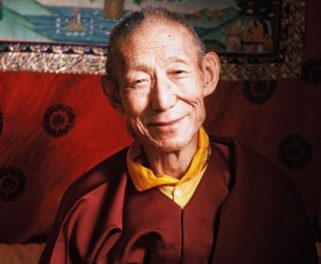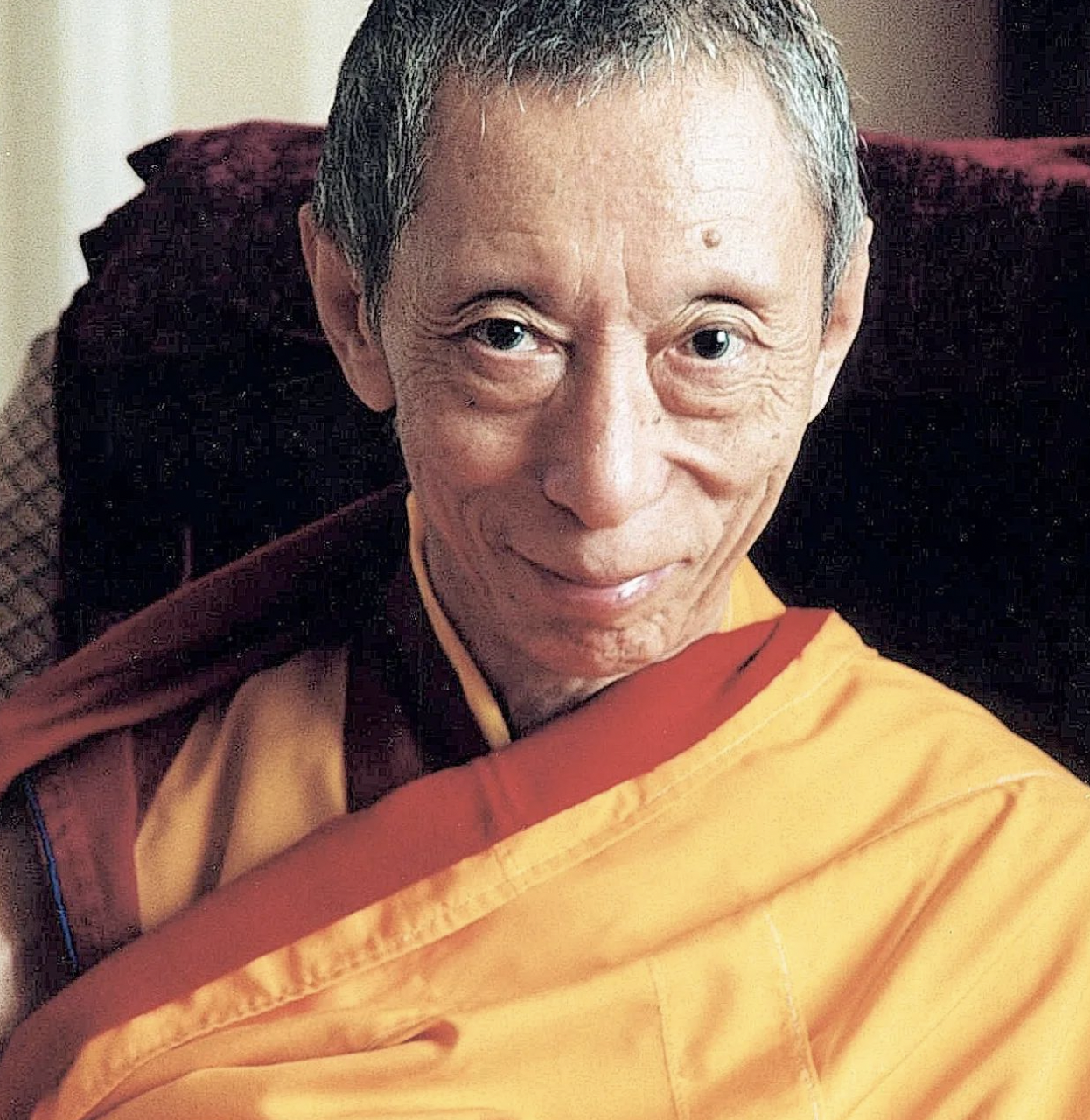No it is not. Within the New Kadampa Tradition (NKT) each Center has its Resident Teacher, and Ven. Geshe Kelsang Gyatso – the founder of the NKT – has encouraged students of these Centers to follow their Resident Teacher, of which there are at present around 300.
These teachers follow the Kadampa Buddhist teachings as presented by their Spiritual Guide Geshe Kelsang, who in turn followed the teachings of his Spiritual Guide, and so on going back to Buddha Shakyamuni.
This criticism has come from a misrepresentation of the teachings on relying upon a Spiritual Guide, which is a teaching common to all Mahayana traditions. The NKT does not emphasize this any more than any other Tibetan Buddhist or indeed Mahayana Buddhist tradition. This meditation was taught originally by Buddha Shakyamuni and later by all Mahayana teachers, including Atisha (pictured) and Je Tsongkhapa, as part of the Lamrim (stages of the path to enlightenment). In the NKT, Buddha Shakyamuni is referred to as the founder of Buddhism, and he is the ultimate authority. The importance of relying upon a Spiritual Guide was taught by Buddha and there are many scriptural references to this. In one example, Buddha Shakyamuni said in the Condensed Perfection of Wisdom Sutra:
The Conqueror who possesses all supreme good qualities says
‘The qualities of a Buddha depend upon the Spiritual Guide.”
In Great Treasury of Merit, Geshe Kelsang explains the need to rely upon one teacher and one tradition to attain results:
Experience shows that realizations come from deep, unchanging faith and that this faith comes from following one tradition purely – relying upon one teacher, practising only his teachings, and following his Dharma Protector. If we mix traditions many obstacles arise and it takes a long time for us to attain realizations.
This makes sense because we only need one path to enlightenm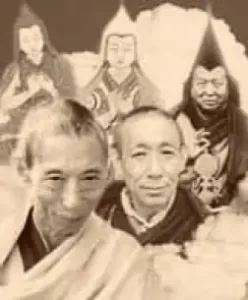 ent. Buddhists believe that if we have a trusted guide who has made the spiritual journey him or herself, who can show us how to enter into, make progress along and complete that path from their own experience, then we don’t need another.
ent. Buddhists believe that if we have a trusted guide who has made the spiritual journey him or herself, who can show us how to enter into, make progress along and complete that path from their own experience, then we don’t need another.
Relying on a Spiritual Guide is a deep practice that helps us, not the Spiritual Guide, and it need not involve any outer actions. Indeed Geshe Kelsang emphasized keeping our faith mainly in our hearts.
See also Did Geshe Kelsang Gyatso call himself ‘the Third Buddha’ or seek veneration from his students?

